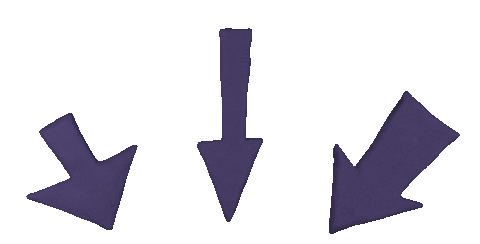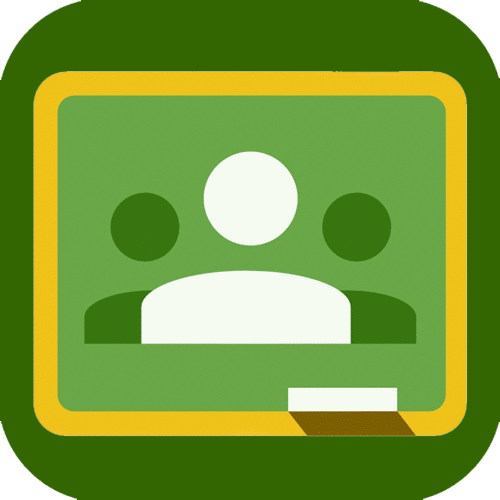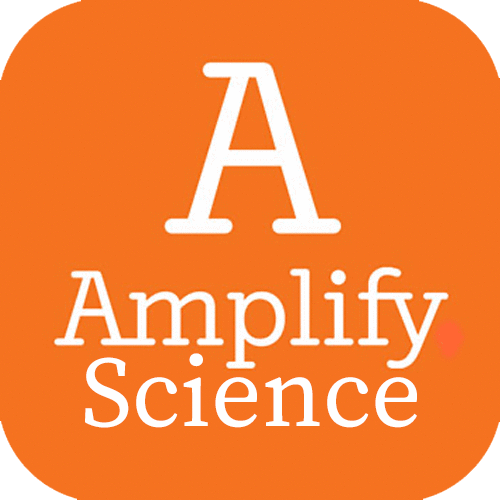 |
COURSE LEARNING TOOLS
2023-2024
Course Syllabus |
The syllabus will tell you what you need to know to be successful. |

Assignment Board |
Our Assignment Board is where you can find our calendar of learning events. |
 |
We will be using Google Classroom as our Learning Management System (LMS). It will help us to organize our lesson details and e-materials. |
 |
Thrillshare will be used for class announcements and messaging me.
Click on the Log in with Google button to use it. |
 |
Amplify Science is our e-investigation book. It will be primarily used to access many of our scientific computer simulation models and homework.
Click on the Log in with Google button to use it. |
Other Essential
Apps |
|
COURSE COMPETENCIES
Upon successful completion of Year B of this course, students will be able to satisfy the following Wisconsin Standards for Science Disciplinary Core Ideas. (NOTE: Engineering, Technology, and the Application of Science DCI will also be covered, but are not listed in detail.)
- Earth and Space Science
- Standard SCI.ESS1: Students use science and engineering practices, crosscutting concepts, and an understanding of Earth’s place in the universe to make sense of phenomena and solve problems. Topics covered include:
- Scale in the Solar System
- Strata and Earth Age
- Standard SCI.ESS2: Students use science and engineering practices, crosscutting concepts, and an understanding of Earth’s systems to make sense of phenomena and solve problems. Topics covered include:
- Geoscience Processes
- Evidence for Plate Motion
- Earth's Materials
- The Water Cycle
- Standard SCI.ESS3: Students use science and engineering practices, crosscutting concepts, and an understanding of the Earth and human activity to make sense of phenomena and solve problems. Topics covered include:
- Natural Hazards
- Distribution of Natural Resources
- Designs to Minimize Impact
- Factors for Global Temperature
- Life Science
- Standard SCI.LS1: Students use science and engineering practices, crosscutting concepts, and an understanding of structures and processes (on a scale from molecules to organisms) to make sense of phenomena and solve problems. Topics covered include:
- Photosynthesis
- Cellular Respiration
- Living Things Made of Cells
- Cell Parts
- Standard SCI.LS2: Students use science and engineering practices, crosscutting concepts, and an understanding of the interactions, energy, and dynamics within ecosystems to make sense of phenomena and solve problems. Topics covered include:
- Ecosystem Relationships
- Flow of Energy and Cycling of Matter
- Changes Affect Populations
- Resources and Populations
- Ecosystem Services
- Physical Science
- Standard SCI.PS1: Students use science and engineering practices, crosscutting concepts, and an understanding of matter and its interactions to make sense of phenomena and solve problems. Topics covered include:
- Phase Change
- Atomic Theory/Molecules
- Chemical Reactions
- Synthetic Materials
- Atoms Conserved
- Thermal Energy and Chemical Processes
- Standard SCI.PS3: Students use science and engineering practices, crosscutting concepts, and an understanding of energy to make sense of phenomena and solve problems. Topics covered include:
- Energy and Temperature
- Motion and Energy Transfer
- Thermal Energy Transfer
Upon successful completion of Year C of this course, students will be able to satisfy the following Wisconsin Standards for Science Disciplinary Core Ideas. (NOTE: Engineering, Technology, and the Application of Science DCI will also be covered, but are not listed in detail.)
- Earth and Space Science
- Standard SCI.ESS1: Students use science and engineering practices, crosscutting concepts, and an understanding of Earth’s place in the universe to make sense of phenomena and solve problems. Topics covered include:
- Distribution of Natural Resources
- Earth, Sun, Moon System
- Gravity
- Scale in the Solar System
- Standard SCI.ESS3: Students use science and engineering practices, crosscutting concepts, and an understanding of the Earth and human activity to make sense of phenomena and solve problems. Topics covered include:
- Factors for Global Temperature
- Life Science
- Standard SCI.LS1: Students use science and engineering practices, crosscutting concepts, and an understanding of structures and processes (on a scale from molecules to organisms) to make sense of phenomena and solve problems. Topics covered include:
- Living Things Made of Cells
- Cell Parts
- Photosynthesis
- Sensory Receptors
- Standard SCI.LS2: Students use science and engineering practices, crosscutting concepts, and an understanding of the interactions, energy, and dynamics within ecosystems to make sense of phenomena and solve problems. Topics covered include:
- Changes Affect Populations
- Standard SCI.LS3: Students use science and engineering practices, crosscutting concepts, and an understanding of heredity to make sense of phenomena and solve problems. Topics covered include:
- Gene, Protein, Trait, and Mutations
- Standard SCI.LS4: Students use science and engineering practices, crosscutting concepts, and an understanding of biological evolution to make sense of phenomena and solve problems. Topics covered include:
- Genetic Variation in Populations
- Natural Selection
- Artificial Selection and Genetic Engineering
- Fossils
- Comparative Anatomy
- Embryonic Development
- Physical Science
- Standard SCI.PS2: Students use science and engineering practices, crosscutting concepts, and an understanding of forces, interactions, motion and stability to make sense of phenomena and solve problems. Topics covered include:
- Newton's 3rd Law (Equal and Opposite Forces)
- Sum of Forces
- Gravity Depends on Mass
- Strength of Magnetic and Electric Forces
- Force Fields
- Standard SCI.PS3: Students use science and engineering practices, crosscutting concepts, and an understanding of energy to make sense of phenomena and solve problems. Topics covered include:
- Kinetic Energy: Mass and Speed
- Potential Energy
- Motion and Energy Transfer
- Standard SCI.PS4: Students use science and engineering practices, crosscutting concepts, and an understanding of waves and their applications in technologies for information transfer to make sense of phenomena and solve problems. Topics covered include:
- Amplitude and Waves
- Waves Interact with Materials
- Digitized Signals and Waves
NOTE: Syllabus adapted from Science Doodle Syllabus by Sunrise Science. |
|
MIDDLE SCHOOL SCIENCE
COURSE
OVERVIEW
course
description &
supply list
ASSIGNMENT
BOARD
our learning
calendar
LEARNING
RESOURCES
syllabus, course
competencies, &
LMS access to
lesson details/
components
(e.g., lab reports,
literature,
media, notes,
practice keys,
etc.)

|


